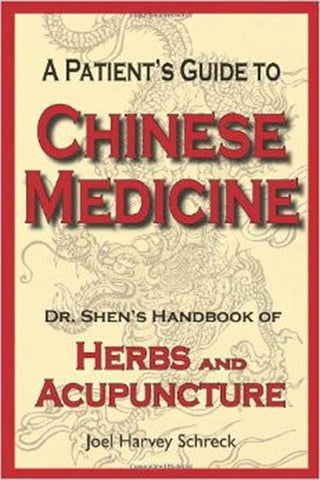
Chinese Medicine Made Simpler
To the TCM practitioner, disease is mainly caused by three things, imbalance, poor flow, or pathogenic invasion.
We discuss 'imbalance in terms of 'Yin" and "Yang', and talk about flow in terms of 'Qi' or 'Blood'. Treatment, be it herbs, acupuncture, massage, diet, or exercise, is always to restore balance, improve flow, and eliminate pathogenic influence.
Chinese medicine is the original holistic medicine, treating the whole person, body, mind, and spirit. In a sense, TCM is more advanced than any modern practice, because no system even comes close to its vast knowledge base, accumulated over millennia of daily use.
At first impression, it must be admitted, Chinese medicine does seem odd. First there’s the language. Words like fire, and phlegm, purging and dredging sound dramatic or poetic, but not very scientific. Yet, which vocabulary communicates more to the average person - the graphic language of Chinese medicine or your doctor’s medical jargon?
Technical jargon does not help our understanding. In fact it obscures meaning to the average person. This separates practitioner from patient, leaving patients feeling isolated, without understanding or control over our own bodies.
Most of us understand, very viscerally, the language of Chinese medicine. We get what phlegm means; we understand heat and cold, damp or dry. What we don’t understand is the obscure jargon of Western medicine, where kidney problems are 'renal', liver disease is 'hepatic', a cough is a 'respiratory dysfunction, and cancer doesn't spread, it 'metastasizes'.
In fact, the language of Chinese Medicine, actually helps us understand our disharmonies better, because it's based on what we are experiencing. The concepts are simple. We already understand 'hot', 'cold', 'damp', 'dry', 'excess' and 'deficient'.
Diagnosing disease is straightforward once you understand these principles. To diagnose, we use a technique known as "The Four Examinations"
Since the ancients, didn't have X-Rays or blood tests, the four examinations are based on what can be perceived by our senses, that is, seen, heard, felt, smelled. Seeing your demeanor, listening to your story, feeling tyour pulses, and detecting your emanations are all we need to understand the nature, severity, and location of your disharmony.
Once we understand this, treatment is simple: restore balance and permit flow. So we adjust herbs and diet in order to heat what is too cold, cool what is too hot, moisten what is too dry, and drain what is too damp. We perform acupuncture, movement and massage therapy to unblock stuck flow, and re-direct what is misdirected.



Leave a comment